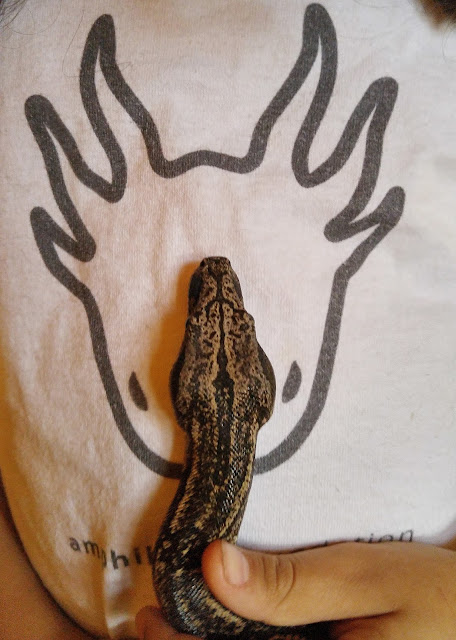A new article on Frog Feeding with collaborators from GA Tech!
The frog tongue is a high-speed adhesive Alexis Noel , Georgia Institute of Technology , David Hu , Georgia Institute of Technology and Mark Mandica , The Amphibian Foundation How does one get stuck studying frog tongues? Our study into the sticky, slimy world of frogs all began with a humorous video of a real African bullfrog lunging at fake insects in a mobile game. This frog was clearly an expert at gaming; the speed and accuracy of its tongue could rival the thumbs of texting teenagers. The frog that was the genesis of the authors’ tongue research. Further YouTube research yielded amazing videos of frogs eating mice , tarantulas and even other frogs . The versatile frog tongue can grab wet, hairy and slippery surfaces with equal ease. It does a lot better than our engineered adhesives – not even household tapes can firmly stick to wet or dusty surfaces. What makes this tongue even more impressive is its speed: Over 4,000 species of...




